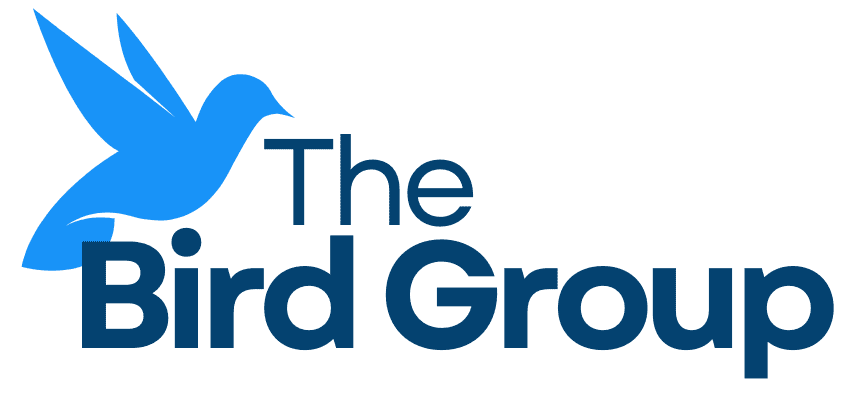Our industry has always suffered from too many meetings. Plus, the meetings weren’t always an effective use of time. COVID meaningfully aggravated this problem because in-person exchanges, planned, impromptu or ad-hoc, were not possible. In fact, now that many of us are back in the office, we still spend much of our time interacting through screens in more meetings.
Park National Bank is an unusual bank headquartered in Ohio, just shy of $10B in assets. The bank is unusual in its traditional and effective approach to the business, coupled with a unique succession plan that has served the company well for many decades. The management team has been a tight-knit collegial group, and attention to the workforce among its hallmarks.
Park’s leadership noticed that, like so many other companies, their meetings could benefit from a more purposeful approach that is particularly mindful of the meeting participants’ time. They surveyed key leaders and found that as much as half of their time is spent in meetings each week. They decided to provide their associates with a framework that will make the meetings less time consuming and more productive.
I’m sure many of you have all of the following behavior rules in a document somewhere, but not enough of us enforce them. The information below is a refresher.
As a first step, they set requirements for in-person meetings, whether live or by video. Prior to scheduling a meeting:
- Validate the need for the meeting
- Clearly articulate the purpose of the meeting and include it in the invitation (Generally activities during meetings fall into five categories: information distribution; information collection; decision making; collaboration; connection. Be clear which one(s) are within the scope of your meeting.
- If more than one topic is to be covered, prepare and agenda to be published prior to the meeting
- Share relevant materials with the attendees at least 48 hours prior to the meeting
- Establish that, in all cases, attendees are responsible for preparing by reading the materials such that the meeting will not include covering those materials but rather a discussion of such
- Clarify in advance what are the expected contributions of the attendees when prior assignments aren’t appropriate
- Invitees may elect to designate a more appropriate attendee in their stead, and decline attendance unless they feel that attendance will add value to themselves or to others (AB: the level of the meeting attendees should be determined in advance; only appropriate substitute are accepted)
- Invite only the minimum number of attendees required
- Reevaluate standing meetings to ensure they do not occur simply as a habit rather than to meet a need
- End meetings 5 minutes early to avoid compelling attendees to be late to their next meeting
During the meeting itself, the following rules were established and disseminated:
- Have a timekeeper, a parking lot and a scribe in all meetings. If appropriate, use a collaboration tool to record the conversation when minutes are planned (Teams or Word, for example)
- Identify action items and their ownership before the meeting end
- End the meeting when the agenda is complete
- For video participants:
- Use microphone auto leveling
- Camera must be on
- Mute microphone when not speaking (this one is the easiest to enact)
Post meeting:
- The meeting owner should follow up on action items
- Minutes and clear decisions made should be published when appropriate
- A simple survey on meeting effectiveness is a good idea if sent within the say of the meeting. Five questions should suffice.
